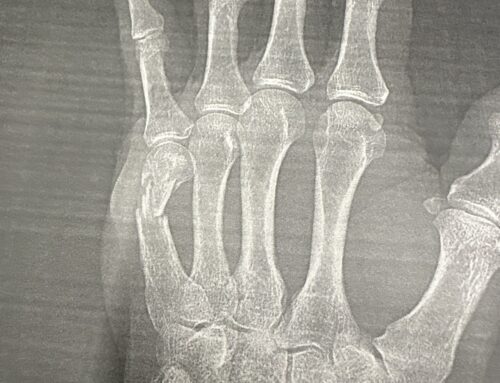
TF50#106, Scoring the Daily Process, 30 January 2023
Hi Team,
Happy Monday and welcome to The Next 50 #106.
When it comes to your Personal Performance, are you keeping score?
Last time we focused on the daily process and behaviors; this time I’ll give you some ideas on how to score these behaviors.
As a refresher; I teach my team that you don’t focus on measuring the lag indicators (examples: Did I lose 20 lbs.? or Did I get a 95 OURA Sleep Score?). Instead, we score our lead indicators (examples: Today: Did I maintain my Food Clock (FC)? or Did I hit my Move Training Plan?).
Here’s the example list from last time:
EAT Better:
- Maintain a short Food Clock (FC)
- Eat enough protein for your body weight and training levels
- Don’t eat foods that turn on your Fat Switch
SLEEP Better:
- Prioritize your sleep environment
- Maintain your pre-bed rituals
- Mind the clocks: Master Clock, Electronics Clock and FC
MOVE Better:
- Move as often as possible throughout the day
- Move your body through the full ranges of motion and space
- Train and/or Play
Make your list scorable on a daily basis.
In my world these 9 Behaviors can all be scored daily; your list of lead indicators should be scoreable daily as well. This doesn’t mean each day is identical; a good Move plan could look different all 7 days of the week and even an Eat plan will have variety based on planned “Treat Meals”, fueling for different training modalities, et cetera.
Set a realistic Behavior PASS threshold, think B– instead of A+.
Here’s a couple examples:
- If your perfect day Food Clock (FC) is 8 hours (A+), consider anything under 10 hours (B–) a win; high five and move on.
- If your perfect day Zone2 run is 45-60 minutes (A+) and it gets highjacked by a meeting, consider a 30-minute walk (B–) on your lunch break a win; mark it in the win column and move on.
Some of you Jocko and Goggin’s fans may think this is crap but for the rest of us the positive impact on habit formation built on recognizing realistic “good enough” behaviors will compound into huge results over a relatively short amount of time.
If you like to track this stuff (and you should) you can have a 3-part scoring system like this; for all your daily scored lead indicators:
Ex. Food Clock
| Today’ Date | Food Clock | Fail | B- | A+ |
Ok, we’ve covered building lead indicators and how to track and score them with an eye toward daily positive habit formation, next time we’ll talk about how to reassess all of this after 3 months (or so) of solid work.
As always share the post with your team or anyone who might find it useful and let me know what you think!
Have a good one, Alex



